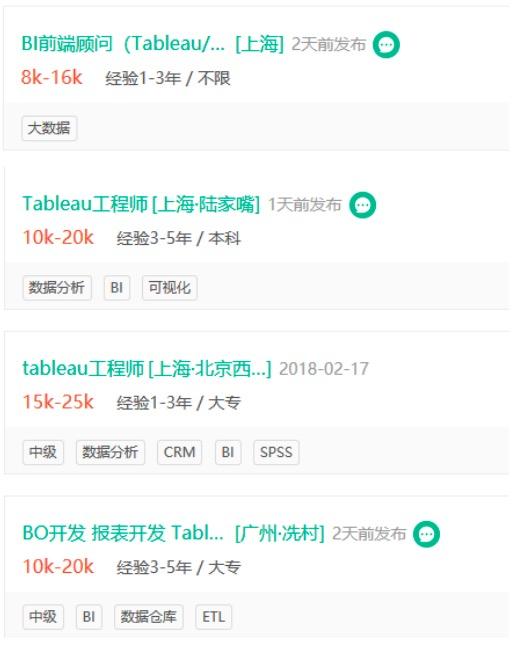### Understanding Rescission in Mortgage Loan Transactions: A Comprehensive Guide
**Define rescission as it relates to a mortgage loan transaction**In the context of mortgage loan transactions, rescission refers to the legal right of a bo……
**Define rescission as it relates to a mortgage loan transaction**
In the context of mortgage loan transactions, rescission refers to the legal right of a borrower to cancel or revoke a loan agreement within a specified period after the loan closing. This concept is particularly significant in the realm of consumer protection, as it allows borrowers to reconsider their decision and back out of a loan if they feel it was not in their best interest or if they were not fully informed of the terms and conditions.
**What is Rescission?**
Rescission is essentially a remedy that allows parties to a contract to return to their pre-contractual position. In the case of a mortgage loan, this means that the borrower can cancel the loan agreement and return any funds received, while the lender must return any payments made by the borrower. This process is governed by specific laws, including the Truth in Lending Act (TILA), which provides consumers with the right to rescind certain types of loans, particularly those secured by their primary residence.
**The Importance of Rescission in Mortgage Transactions**

The right to rescind is crucial for protecting consumers from predatory lending practices and ensuring that they have the opportunity to make informed decisions about their financial commitments. It serves as a safeguard against high-pressure sales tactics, misleading information, or changes in personal circumstances that may affect a borrower's ability to repay the loan.
**Timeframe for Rescission**
Under TILA, borrowers have three business days to exercise their right to rescind after the closing of a mortgage loan. This period allows borrowers to review their loan documents, consider the implications of their loan, and consult with financial advisors or legal professionals if necessary. It is important to note that this rescission period applies to certain types of loans, including refinances and home equity lines of credit, but does not apply to all mortgage transactions.
**How to Exercise the Right of Rescission**

To initiate the rescission process, borrowers must provide written notice to their lender within the designated timeframe. This notice should clearly state the intention to rescind the loan agreement and may require specific details, such as the loan number and the date of the closing. Once the lender receives this notice, they are obligated to acknowledge the rescission and return any funds received from the borrower, including any fees or points paid at closing.
**Consequences of Rescission**
While rescission can provide a valuable safety net for borrowers, it is essential to understand the potential consequences. For instance, if a borrower rescinds a loan, they may lose access to the funds that were previously available to them, which could impact their financial plans. Additionally, rescission may also affect the borrower's credit score and future borrowing ability, as it may be viewed as a negative mark on their credit history.
**Conclusion**

In summary, understanding the concept of rescission as it relates to a mortgage loan transaction is vital for borrowers to protect their rights and make informed financial decisions. By knowing their rights and the process involved in rescission, borrowers can navigate the complexities of mortgage transactions with greater confidence and security.